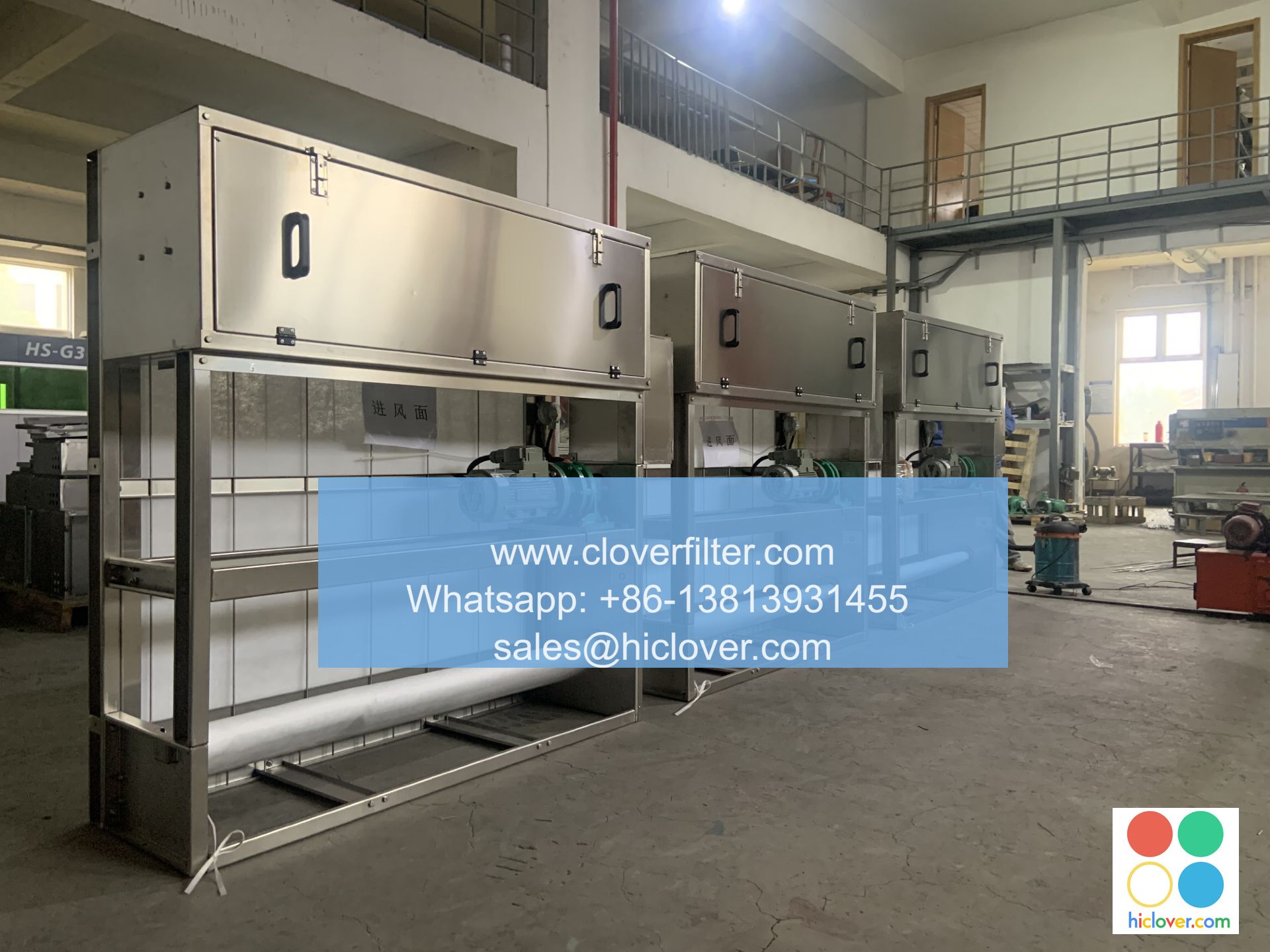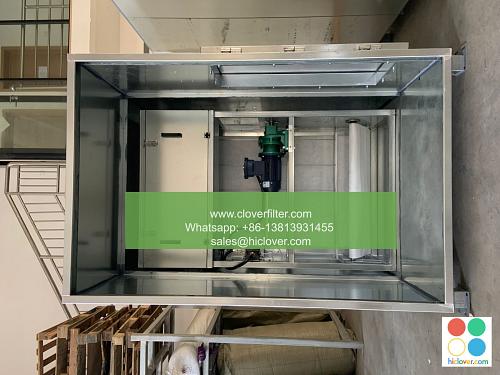Air Filter for Tiny Houses: Choosing the Right One

As the tiny house movement continues to gain popularity, it’s essential to consider the indoor air quality in these compact spaces. A properly functioning air filter is crucial to maintain a healthy and comfortable living environment. In this article, we’ll explore the importance of air filters for tiny houses, discuss various types of air filters, and provide guidance on choosing the right one for your tiny home.
Why Air Filters are Crucial for Tiny Houses
Tiny houses, by their nature, have limited space and ventilation. This can lead to a buildup of airborne pollutants, such as dust, mold, and volatile organic compounds (VOCs). These pollutants can exacerbate respiratory issues, like asthma, and create a range of health problems. An effective air filter can help remove these pollutants, improving indoor air quality and creating a healthier living space.
Types of Air Filters for Tiny Houses
There are several types of air filters available for tiny houses, each with its unique characteristics and benefits. Some of the most common types include:
- HEPA (High Efficiency Particulate Air) Filters: These filters are designed to capture 99.97% of particles as small as 0.3 microns, making them ideal for removing dust, pollen, and other airborne pollutants.
- Activated Carbon Filters: These filters are designed to capture gases and odors, making them perfect for removing VOCs, smoke, and other gaseous pollutants.
- UV (Ultraviolet) Light Filters: These filters use UV light to kill bacteria, viruses, and other microorganisms, making them a great option for tiny houses with limited natural light.
- Ionizing Air Purifiers: These filters use negative ions to attract and trap pollutants, making them a popular choice for tiny houses with limited space.
- Kitchen Ventilation: Air filters can be installed in kitchen vents to remove cooking fumes, grease, and other pollutants.
- Bedroom Air Purification: Air filters can be used in bedrooms to improve sleep quality and reduce allergy symptoms.
- Bathroom Ventilation: Air filters can be installed in bathroom vents to remove moisture, mold, and mildew.
- Living Room Air Purification: Air filters can be used in living rooms to remove dust, pollen, and other airborne pollutants.
- Space Constraints: Choose an air filter that is compact and energy-efficient to minimize space usage.
- Airflow Requirements: Calculate the airflow requirements for your tiny house to ensure the air filter can handle the demand.
- Filtration Efficiency: Choose an air filter with high filtration efficiency to remove a wide range of pollutants.
- Maintenance and Replacement: Consider the maintenance and replacement costs of the air filter to ensure it fits within your budget.
Application Areas for Air Filters in Tiny Houses
Air filters can be applied in various areas of tiny houses, including:
Choosing the Right Air Filter for Your Tiny House
When choosing an air filter for your tiny house, consider the following factors:
Conclusion
Choosing the right air filter for your tiny house is crucial to maintain a healthy and comfortable living environment. By considering the various types of air filters, application areas, and factors to consider, you can make an informed decision and improve the indoor air quality in your tiny home. Remember to always prioritize indoor air quality, energy efficiency, and space constraints when selecting an air filter for your tiny house. You haven’t asked a question or provided a prompt for me to respond to. Please go ahead and ask your question, and I’ll do my best to provide a helpful and direct answer. What’s on your mind?

